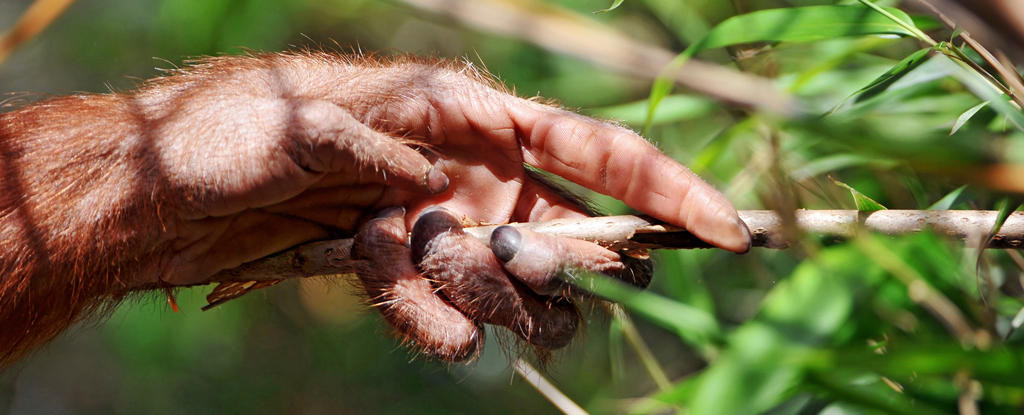Land, Vol. 12, Pages 690: Habitat Use and Positional Behavior of Northern Palm Squirrels (Funambulus pennantii) in an Urban Forest in Central Nepal
Land doi: 10.3390/land12030690
Authors: Anastasia Perodaskalaki Dimitra-Lida Rammou Tilak Thapamagar Shivish Bhandari Daya Ram Bhusal Dionisios Youlatos
Urban forests impose significant challenges to the animals that inhabit them due to the altered properties of available substrates from anthropogenic interventions. To cope with these structural peculiarities, urban species exhibit behavioral adjustments to successfully exploit the urban habitat. The present study examined habitat use and positional behavior of northern palm squirrels (Funambulus pennantii) in the urban forests of Kathmandu, Nepal, to test such behavioral modifications. Between July and August 2018, we collected focal animal instantaneous data on the behavior, locomotor/postural mode, forest layer, tree crown part, and substrate type, size, and inclination use of four different individuals. Our results indicated a primarily arboreal species, mostly using the middle canopy layers and the intermediate and central tree parts. Moreover, tree branches and artificial substrates were commonly used that were mainly large and horizontal. Locomotion was dominated by quadrupedalism and claw climb, whereas postures by quadrupedal stand, and, to a lesser extent, sit and claw cling. Most of our initial predictions were only partly supported by our findings. This behavioral idiosyncrasy most likely reflects the adaptive flexibility of the species to human-modified habitats. In this way, northern palm squirrels apparently expanded their ecological niche and successfully persisted against anthropogenic pressures throughout their range. As urban expansion is inexorable, more research is required to understand the behavioral and ecological flexibility of animals that effectively exploit these impacted habitats.

 1 year ago
33
1 year ago
33


